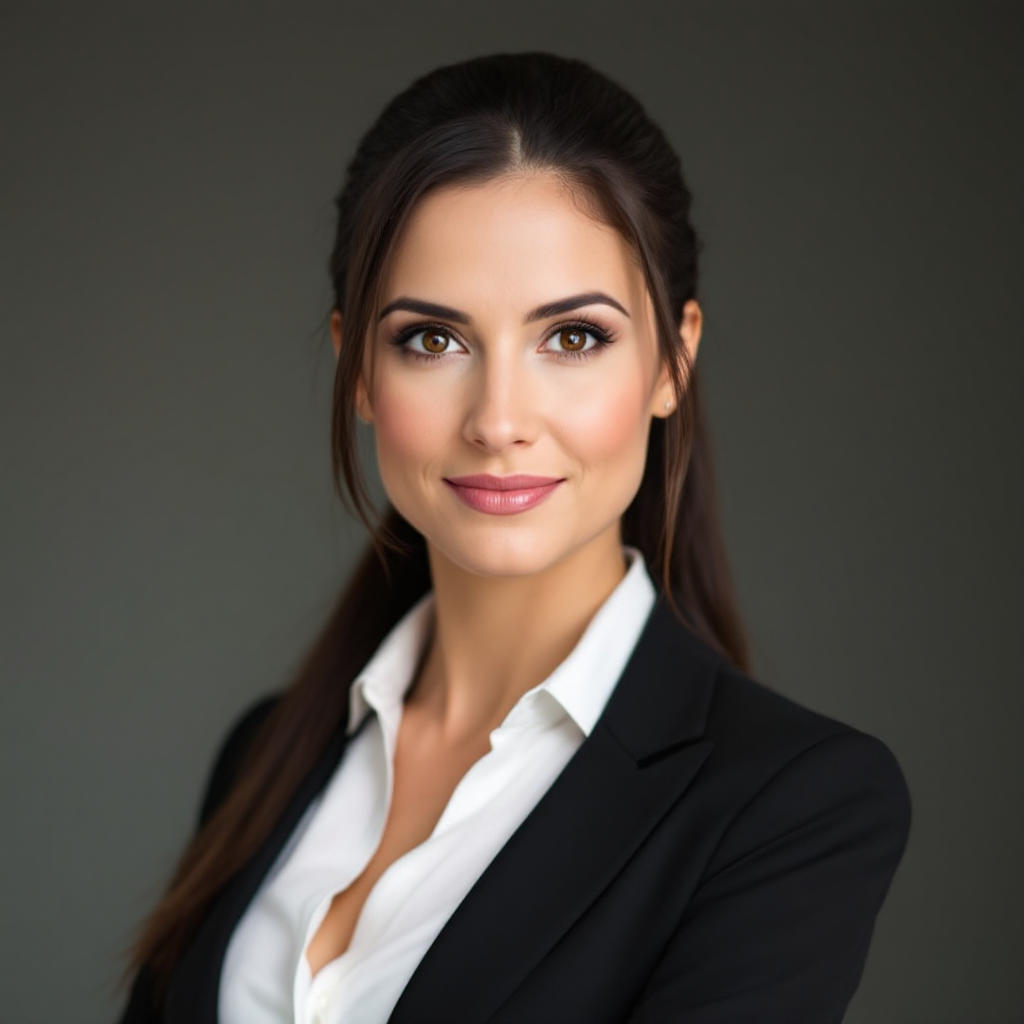“Adobe’s Firefly Video Model and Google’s Veo 2 Transform AI
June 22, 2025 | by Olivia Sharp

Adobe’s Firefly Video Model & Google Veo 2: Ushering in the New Age of AI Video Creation
The landscape of video content creation is evolving at a breathtaking pace—and nowhere is that more evident than in the recent breakthroughs powered by Adobe’s Firefly Video Model and Google’s Veo 2. As someone deeply passionate about practical, ethical, and accessible AI tools, I believe we’re at an inflection point: AI is no longer a back-end utility—it’s an active collaborator, catalyst, and creative partner.
“We’re witnessing the dawn of a new visual literacy, where the boundaries between imagination, storytelling, and technical skill are simply dissolving.”
Adobe Firefly Video Model: Creativity, Democratized
Adobe’s Firefly suite has become a creative mainstay, but its Firefly Video Model marks a pivotal leap toward accessible narrative power. From the outset, Firefly’s ethos has been grounded in ethical AI: prioritizing licensed and copyright-conscious data, transparency, and user feedback to shape each iteration.
What sets Firefly Video apart? At its heart, it translates simple text prompts or visual references into expressive, adaptable video sequences—enabling anyone (not just seasoned editors) to rapidly prototype, storyboard, or even finish-polish scenes. Mood, lighting, motion styles, and color grades can be altered on-demand, with outputs that feel deeply organic rather than artificially stitched.
- For creators: Instantly transform concepts into dynamic drafts.
- For marketers: A/B test versions and personalize content at scale.
- For educators: Rapidly visualize complex ideas and scenarios for teaching or training.
The real beauty lies in Firefly’s UI integration—tucked into Adobe Premiere and After Effects, it augments workflows, rather than disrupting them. The result? Fewer technical bottlenecks; more room for inventiveness and iteration.
Google Veo 2: Cinematic Quality, Computer Vision Precision
Meanwhile, Google’s Veo 2 is setting a new benchmark for video realism and versatility. Evolving rapidly from its earlier generative models, Veo 2 delivers high-definition, fluid, multi-shot video, all generated from natural language or reference imagery.
The surge in Veo’s quality is more than incremental. Leveraging Google’s deep reservoir of vision-language models and its expertise in scaling neural networks, Veo 2 demonstrates:
- Longer, coherent video output, maintaining character consistency, thematic integrity, and scene transitions.
- Robust control over camera angles, lighting, and perspective—the kind of nuance that filmmakers obsess over.
- Advanced motion dynamics, allowing for everything from sweeping drone shots to subtle emotional cues in character animation.
For video professionals, this means AI is no longer just “assisted editing”; it’s a source of raw material, storyboarding, pre-visualization, and, occasionally, rapid delivery of polished content. For businesses and freelancers, Veo 2 unlocks a toolkit once limited to high-budget studios—now, the only barrier is your imagination.
Real-World Impact: From Ideation to Execution
In practice, these tools mark a paradigm shift. Imagine a small production house suddenly competing with much larger agencies by harnessing Firefly’s real-time concept sketching or Veo 2’s multi-layered, visually-rich mockups. Nonprofits, teachers, social advocates—anyone with a story—can now bring it to life with precision and speed that was simply unattainable before.
The ripple effect is profound:
- Cost and time efficiencies reshape project planning, freeing up resources for deeper storytelling or more inclusive casting.
- Diversity of voices expands, as tools become accessible to those with vision but limited access to traditional production resources.
- Customization at scale becomes the new normal, as audiences expect—and receive—ever more tailored, relevant content.
Looking Forward: Rethinking Creativity and Responsibility
As we embrace these AI-driven workflows, vigilance is non-negotiable. Firefly and Veo 2 both offer robust guardrails—clear provenance, opt-in data, watermarking—but the wider creative community must remain proactive: advocating for ethical training data, informed consent, and transparent usage policies.
Yet, what energizes me most is the re-centering of human ingenuity. These technologies do not replace artistic vision; rather, they are amplifiers—tools that, when handled with care and intention, will spark new movements in film, education, and everyday storytelling.
Let’s challenge ourselves to use the power of Firefly and Veo 2 not to replicate the status quo, but to co-create new kinds of stories—authentic, inclusive, and vivid beyond even our own preconceptions.

RELATED POSTS
View all



